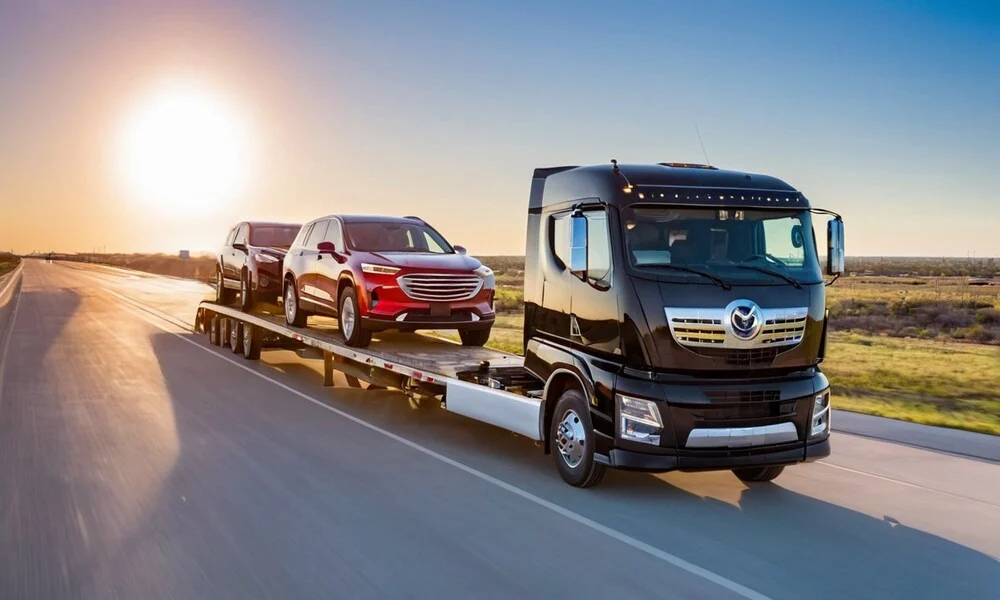Transporting vehicles across long distances is a complex endeavor that requires meticulous planning, adherence to regulations, and a deep understanding of best practices.
Whether you’re a business owner, a car enthusiast, or an individual relocating, ensuring the safe and efficient transport of your vehicle is paramount.
In this comprehensive guide, we’ll explore seven key best practices that will help you navigate the intricacies of long-distance vehicle transport with ease.
1. Choose a Reputable Transport Company
The foundation of a successful long-distance vehicle transport lies in selecting a reputable and experienced transport company. Conduct thorough research, read reviews, and verify the company’s licensing, insurance, and track record. A trustworthy transporter will not only ensure the safety of your vehicle but also provide transparency and open communication throughout the process. Long Distance Vehicle Transport
2. Understand Transport Modes and Options
Long-distance vehicle transport can be accomplished through various modes, each with its own advantages and considerations. Open-air carriers, and enclosed trailers are among the options available. Evaluate your vehicle’s value, condition, and specific needs to determine the most suitable transport mode.
| Transport Mode | Advantages | Considerations |
| Open-air carriers | Cost-effective, convenient | Exposure to weather conditions |
| Enclosed trailers | Optimal protection, ideal for luxury vehicles | More expensive |
3. Prepare Your Vehicle for Transport
Proper preparation of your vehicle is crucial for a smooth transport experience. Follow these steps:
- Thoroughly clean the interior and exterior of your vehicle.
- Conduct a comprehensive inspection, documenting any existing damage or issues.
- Disable alarms, remove personal belongings, and ensure the vehicle is in operable condition.
- Maintain appropriate fuel levels (around a quarter tank) to facilitate loading and unloading.
4. Understand Insurance Coverage and Liability
While reputable transport companies carry insurance, it’s essential to review the coverage and understand your liability. Inquire about the company’s insurance policies, deductibles, and exclusions. Consider purchasing additional coverage, especially for high-value or classic vehicles, to mitigate potential risks. Car Transportation
5. Plan for Timely Pickup and Delivery
Coordinating pickup and delivery times is critical to ensure a seamless transport experience. Communicate your preferred dates and times with the transport company, factoring in potential delays due to weather, traffic, or unforeseen circumstances. Establish clear lines of communication and provide accurate contact information for both the pickup and delivery locations.
6. Secure Appropriate Documentation
Proper documentation is a vital aspect of long-distance vehicle transport. Obtain and carefully review the Bill of Lading, which serves as a legal contract between you and the transport company. Ensure all details, including pickup and delivery addresses, vehicle specifications, and agreed-upon services, are accurately reflected.
7. Inspect Upon Delivery and Address Concerns Promptly
Upon delivery, conduct a thorough inspection of your vehicle in the presence of the transport company representative. Document any new damages or discrepancies and promptly report them to the company. Timely communication and resolution of concerns are essential for a satisfactory transport experience.
By adhering to these seven key best practices, you can navigate the complexities of long-distance vehicle transport with confidence, ensuring the safe and efficient relocation of your prized possession. Remember, meticulous planning, open communication, and attention to detail are the keys to a successful transport journey.

